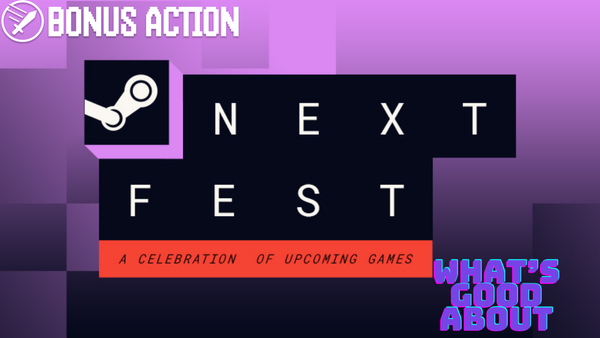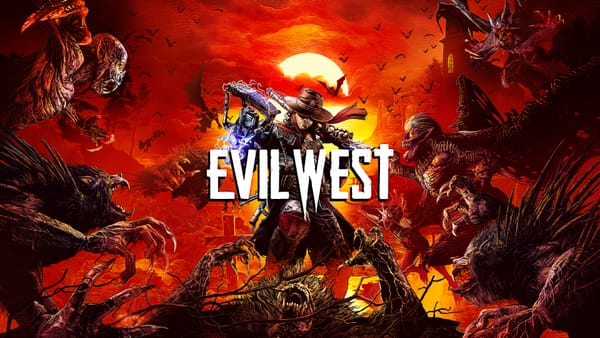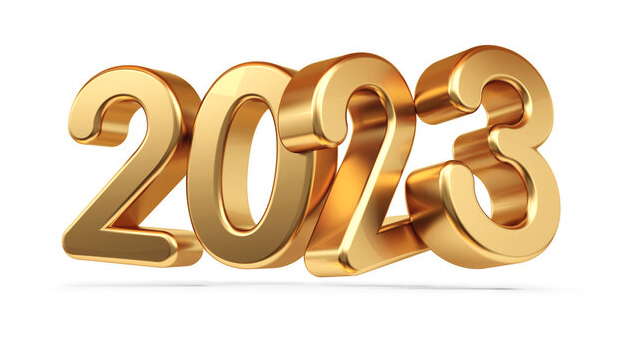First Impressions with Darkest Dungeon 2

Shakeups to the status quo are usually met with either derision or praise, often with the truth lies somewhere in the middle. The reason I bring this up is that Darkest Dungeon 2 was released into Early Access on the Epic Store and I’ve been playing it a fair bit whenever I’ve had the time. To say that this is a major change would be an understatement. From a first impressions standpoint, this is a sequel in name only to the original Darkest Dungeon. It eschews the mix of dungeon crawling and town management found in the original in favor of going full roguelike, implementing a run-based system to ensure progress and making all progress from hero unlocks to perks and even items that you can find out in the world as part of a broader meta progression system. If you are familiar with my tastes in games and the work I’ve put out over the last year, this is very much a good thing in my opinion. And I say this as someone who both really likes roguelikes and largely never really got past the early game of the first Darkest Dungeon.
The larger narrative setup is that the world has become unbalanced. Literally. The world has descended into utter chaos following the events of the first game, which after doing some cursory Googling, is some buckwild shit. With everything going to hell in a handbasket, you, an unnamed scholar, must team up with the surviving heroes of the first game and some new ones along the way to make an expedition to the Mountains where the heart of this evil, the apocalypse cults worshipping it and the monsters spawned from it, all reside. All while carrying a flickering flame that is the literal and metaphorical embers of humanity’s collective last hope. Abandoned trenches filled with undead soldiers, cities being burned to the ground by grotesque, fire-obsessed zealots, plague-infested farmlands overrun by the cannibalistic remnants of those who once owned and tended to its lands, and a fourth area so nasty that I can only really describe it as being filled to the brim with man-eating pig monsters. These all paint a good picture of how completely and utterly fucked the entire situation is, giving off airs of despair and hopelessness with each turn you take. For me, these locales and the run-based nature that the game’s structure have done a better job of selling me on the aforementioned crushing sense of despair and hopelessness because everything is so much all of the time.
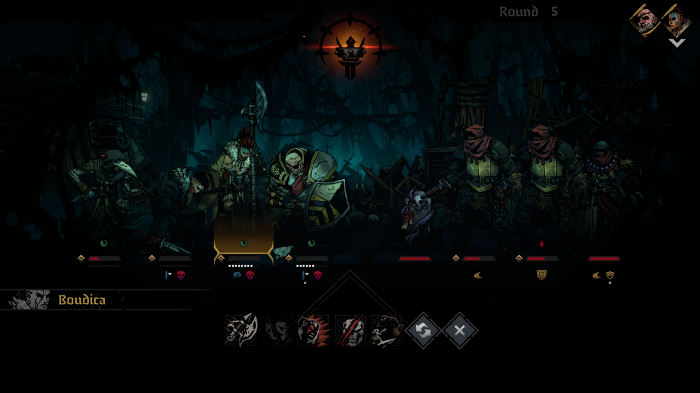
Darkest Dungeon 2 has, as mentioned earlier, adopted a more roguelike approach to telling its story and conveying that sense of dread through gameplay. You start in The Valley, the safe, tutorial area, and end in the Mountains where all of the worst of the eldritch nastiness lies; with the four described nightmare areas being the in-between for each run, with a map right out of Slay The Spire (seriously, more games in this genre need to steal Spire’s map, if fucking rad). You get your choice of four heroes per run out of the nine in the current early access build with more I’m assuming being added over the next year. You start with Plague Doctor, Grave Robber, Highwayman, and Man-At-Arms and gain new heroes as you progress further in the border meta progression. The aforementioned starting heroes and the Hellion, Jester, Leper, and Occultist all return from the first game and are joined by the new Runaway class. While I’ve only unlocked the Hellion at this point, that alone changes up the approaches to combat. Now that I think about it, combat is pretty much the only thing from the first game that’s been left pretty much untouched. It’s still the position-based, turn-based affair that was for me, the highlight of the first game, so sticking to that system is great. You also still have to manage both health and stress as well, with higher stress levels eventually leading to the development of quirks both positive and negative. These can make it so that your heroes are more alert, can be caught unawares, or even afraid of certain enemy types as examples.
This system is also refined to have stress affect your character’s interpersonal relationships on top of all of that. More often than nought, these can lead to your characters being envious, paranoid, and even downright hateful towards each other on the negative side of things, with them, also being able to become friends, allies, and even lovers forged through the fires of adversity, all based entirely off of how you choose to go about things in the course of standard gameplay. As someone who prefers his game narratives be told by the way of their mechanics doing the heavy lifting, I fucking love this. It showcases one of the greatest strengths of the Roguelike style of gameplay, which is player choice, to better illustrate the moment-to-moment happenings in the game’s world and it’s awesome. These battles can also shift momentum at a moment’s notice, with either you or the AI just curb-stomping one another if you get a clutch debuff off at the right time. It can feel a bit too pendulum-like at times, but that’s mostly because I’m really bad at combat in this game. My general approach at first and to an extent still is, to just bash my head against it, but that’s a guaranteed bad time right there. After learning how debuffs work, how the character’s synergies meshed together and upgrading the Plague Doctor’s group status effect cleanse to also be a stress heal (I seriously don’t see this not getting nerfed), things started to get more smooth in terms of progression. Now I’m only mostly bad at it as opposed to completely dreadful.
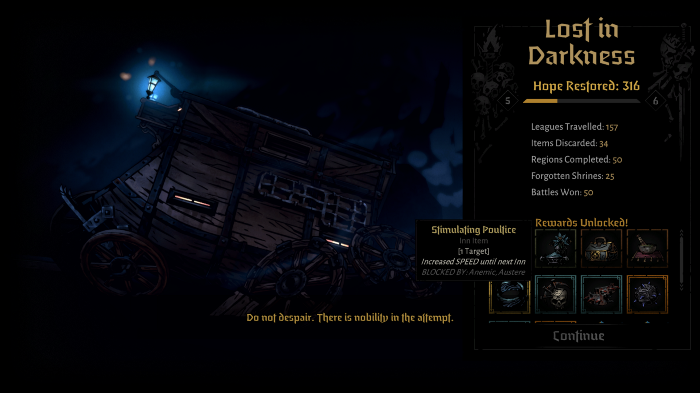
When you aren’t killing and being killed in combat, you are traversing the world in your trusty stagecoach, adorned with whatever upgrades you find along the way and the last fires of hope festooned atop it. The fires themselves grant bonuses to either you or the enemies you fight depending on how gradually they’ve flickered out and in the process. This, combined with the loathing system (an enemy combat modifier), events such as investigating shrines to get new trinkets at the cost of getting new negative quirks and stress, roadside ambushes that you must either win or survive in five turns, resistance encounters to reduce loathing, branches in the road to reduce chances of combat and even get new rewards, the bosses at the end of each area and helping refugees for more flame to keep things in your favour, all add up to make an incredibly dense and satisfying set of interlocking mechanics and systems that pull you in and refuse to let go.
The game’s aesthetics are also worth talking about real quick. Switching from the 2D art of the original game to a cel-shaded 3D style in combat and world traversal had me apprehensive at first because I thought that in the limited time I was exposed to the first Darkest Dungeon, the game’s Mike Mignola-inspired art style was the most distinct part of it. I can gladly say that the transition to 3D has not only kept the same dark charm it had intact, but the switch to 3D has also enhanced it greatly. Darkest Dungeon 2 can be best described as a great visual refinement of the first game’s style, with the visual effects work in particular being the highlight of it so far. The way the characters animate both in combat and especially in downtime is fantastic and gives them all a sense of personality and a feeling like this journey that they are on is wearing on them as time goes on. The enemies you fight all look sufficiently horrifying, with the Sprawl’s Fanatics being the standout so far, looking more like walking candles and half-melted wax statues as opposed to fire-wielding zealots. The 2D art that is in the game is also a refined version of what we saw in the first game and it works great, with major NPCs being rendered out in this style and it’s awesome.
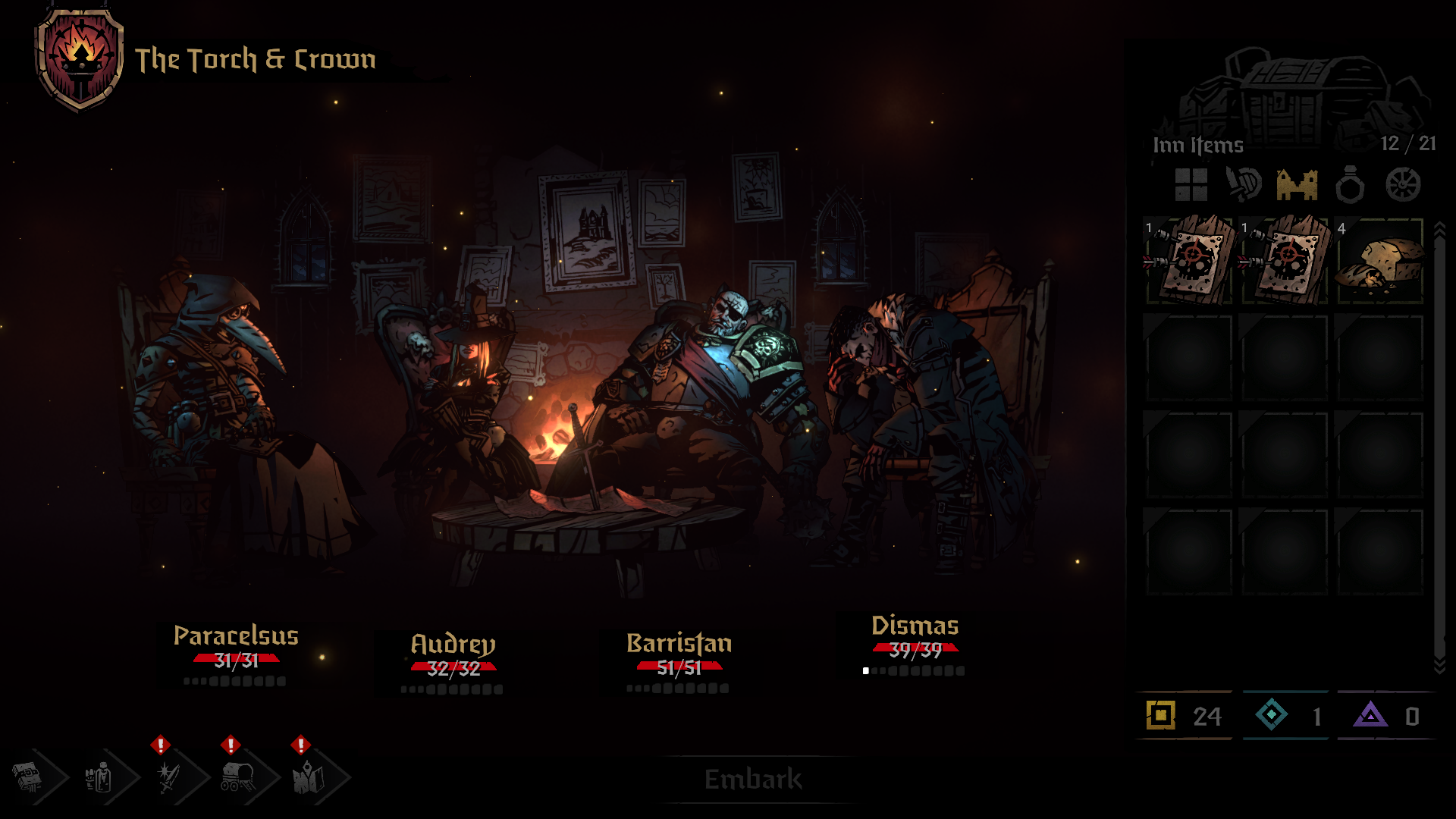
It is rare for a sequel to a game to venture so far outside of the previous game’s wheelhouse that it manages to both enhance it and stand strongly on its own. Darkest Dungeon 2 manages to do that and it’s only a week into the Early Access period. Like its predecessor, it is incredibly dense, uncompromising in its difficulty, but very welcoming to those who engage it on its terms. This is a fantastic foundation and I am so down for wherever Red Hook takes us on this wild journey.


